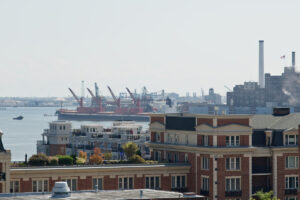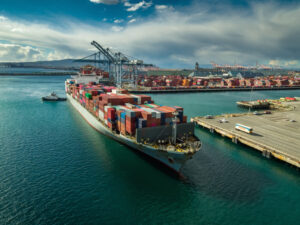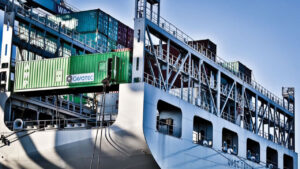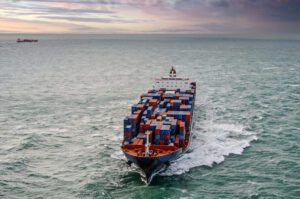Intermodal connectivity between ports lays at the heart of trade within the US, as the extensive development of rail infrastructure around ports drives up the capacity of imports flooding into the country.
Due to the extensive development of rail terminals and links around the ports in the Southeast, East and Gulf Coast of the US, an increasing number of imports can be hauled of to the Midwest and Northeast.
East Coast ports are expected to gain the most from the improved inland transportation infrastructure, as the soon to be expanded Panama Canal will provide vessels with the option of docking immediately on the US East Coast, with cargo able to be moved faster to central US regions.
According to John Carver, executive vice president of business development at Ports America: “It’s no longer about port capacity, but about throughput capacity.”
East Coast ports could be in a position to gain a larger share of discretionary cargo bound for the Midwest, but “it’s too soon to know how much because the Panama Canal Authority has not yet set its new tolls,” says Carver.
Smaller US ports could also see benefits from containers transhipped onto smaller ships that originate from Colon, Panamaand other Caribbean transhipment hubs in Kingston, Jamaica, according to the Journal of Commerce.








